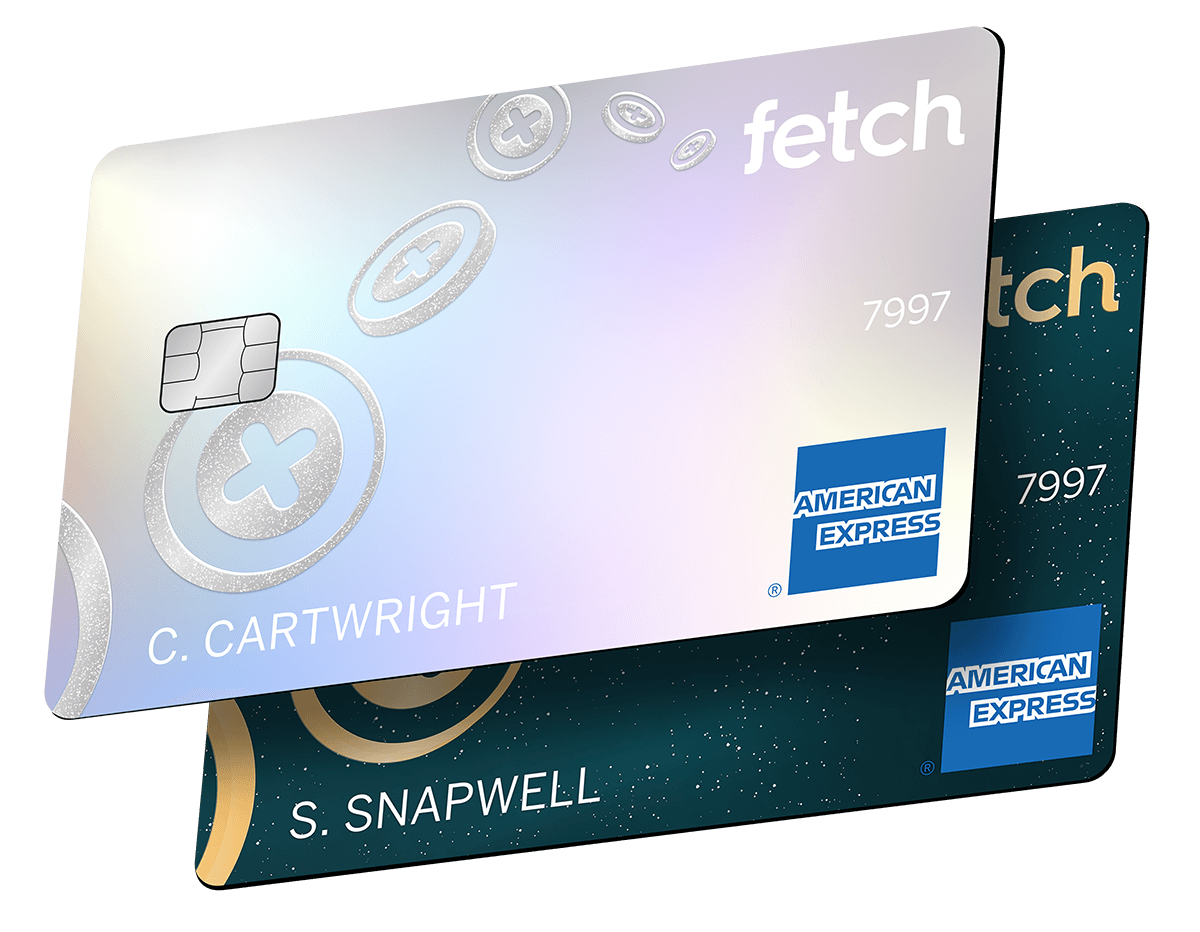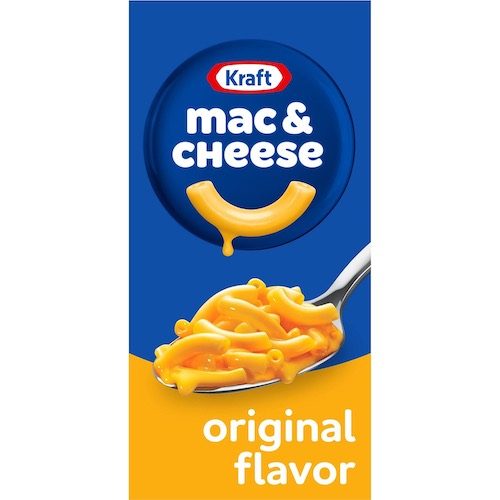Our goal is to give you the tools and confidence you need to improve your finances. Although we receive compensation from our partner lenders, whom we will always identify, all opinions are our own. By refinancing your mortgage, total finance charges may be higher over the life of the loan.
Credible Operations, Inc. NMLS # 1681276, is referred to here as "Credible."
Many Americans are returning to college for both personal and professional reasons.
After all, it’s never too late to go back to school and pursue your academic goals.
If you’re returning to school, you may be eligible for grants and scholarships for nontraditional students. Understanding what funds are available to you and how to pay for college as an adult can help you create a financial plan for your education and control student loan debt.
Here’s what you should know about scholarships for adults:
- What scholarships and grants are available for nontraditional students?
- Scholarship options for adults
- College grant options for adults
- Additional ways to pay for school as an adult
What scholarships and grants are available for nontraditional students?
Scholarships and grants are both types of financial aid that you aren’t obligated to pay back. Scholarships are typically based on merit, where students earn financial awards based on academic, athletic, or artistic talent. Grants are based on financial need, which is the difference between your school’s cost of attendance and your expected family contribution.
Tip: You can search hundreds of adult scholarships on education databases like Peterson’s and Scholarships.com.Scholarship options for adults
Here are a few scholarships to consider:
Imagine America
Imagine America offers a $1,000 scholarship for adults age 19 or older who plan to attend a trade school or career college.
Applicants must have a high school diploma or GED.
To submit a scholarship application, you must become a member of Imagine America Foundation, which is free.
Return2College Scholarship
The Return2College Scholarship awards a $1,000 scholarship to U.S. citizens or legal residents enrolled in higher education in the next year. You must be at least 17 years old to qualify, but there’s no maximum age limit.
To apply, you must submit a mini-essay — only three sentences — answering the question, “Why are you getting your degree?” Condensing your goals into three sentences is challenging, so you’re allowed to submit multiple entries. Return2College recommends submitting no more than a dozen entries.
Unigo Scholarship
Unigo 10K Scholarship is another contest-style scholarship you can apply for by providing a short response (250 words or less) to the question, “Would you rather be smart, funny or rich? Why?” If your response is chosen as a winner, you’ll receive a $10,000 scholarship award.
To qualify, you must be a student who is a legal U.S. resident living in the continental United States or the District of Columbia.
You must be at least age 14 or older to apply.
The application deadline is Dec. 31, 2022, and winners will be notified around March 31, 2023.
College grant options for adults
Limit your need for student loans by applying for as many grants as possible. Remember, you don’t have to repay grants, and many are available to students of all ages.
Here are a few grants you may be eligible for:
Federal Pell Grant
The Pell Grant is available for undergraduate students with a demonstrated financial need, regardless of age. The amount you may qualify for depends on your level of need, your school’s cost of attendance, and whether you’re a part- or full-time student.
The maximum you can receive from a Federal Pell Grant award is $6,895 for the 2022–23 academic year, but amounts are updated annually.
Applying for a Pell Grant starts by submitting the Free Application for Federal Student Aid (FAFSA). This form allows you to apply for federal grants, loans, and work-study programs with one application.
Schools determine your eligibility and the amount you can receive based on the information in your completed FAFSA.
Federal Supplemental Educational Opportunity Grant (FSEOG)
You may be eligible for an FSEOG ranging from $100 to $4,000 a year based on your financial need, how much other aid you’re receiving, and fund availability at your school.
Tip: Make sure to submit your FAFSA early before funds dwindle.Teacher Education Assistance for College and Higher Education Grant (TEACH)
The TEACH Grant awards up to $4,000 to college students pursuing a teaching career. This grant is unique because you must agree to teach at a school that serves low-income students for at least four years as a condition to receive the grant.
If you don’t fulfill your service obligation, the grant will be converted to a student loan that you must repay with interest.
State grants
Most states offer grants specifically for nontraditional students. Iowa, for example, offers several grants, including the Iowa Tuition Grant, which you can put toward the cost of tuition at any state school. The Iowa Vocational-Technical Grant offers up to $1,200 per year for students enrolled in a career or technical program at an Iowa community college.
Applying for state grants typically involves submitting a FAFSA.
Available grants will vary from state to state. Contact your state’s department of education website to learn more.
Additional ways to pay for school as an adult
When it comes to financing your college education, you should always start with scholarships and grants, although they may not be enough to cover the entire cost. If that’s the case, you have additional options, particularly federal and private student loans.
Federal student loans
Federal student loans are typically the first choice for most borrowers because they offer:
- Approval without a credit check
- Low, fixed interest rates
- Access to income-driven repayment options, including forbearance and deferment
- Potential for student loan forgiveness
To qualify for federal student loans, you must first submit a FAFSA. The FAFSA doesn’t have income limits, so you should complete it even if you think you earn too much to qualify.
If you’re an eligible student, you can receive financial aid regardless of your income.
Check Out: 2022-23 FAFSA Income Limits and Eligibility
Private student loans
You might turn to private student loans if you’ve exhausted your scholarship, grant, and federal student aid options and still need funds to cover your education expenses. These student loans are a great way to cover the gaps in costs to ensure your return to school is successful.
Private student loans don’t offer the protections of federal student loans, but they do offer some unique benefits. For example, you can apply for a private student loan at any time, and you’re not restricted by application deadlines as you are with federal student loans. Additionally, you may qualify for more funds than you’d receive with a federal loan.
Good to know: Never borrow more than you need in private student loans, because you’ll pay interest on the amount you borrow.The companies in the table below are Credible’s approved partner lenders.
Whether you’re the borrower or cosigner, Credible makes it easy to compare rates from multiple private student loan providers without affecting your credit score.
LenderFixed Rates From (APR)Variable Rates From (APR)
Credible Rating Credible lender ratings are evaluated by our editorial team with the help of our loan operations team. The rating criteria for lenders encompass 78 data points spanning interest rates, loan terms, eligibility requirement transparency, repayment options, fees, discounts, customer service, cosigner options, and more. Read our full methodology. View details 4.12%+10 3.04%+10
- Fixed APR: 4.12%+10
- Variable APR: 3.04%+10
- Min. credit score: 540
- Loan amount: $2,001 to $400,000
- Loan terms (years): 5, 7, 10, 12, 15, 20
- Repayment options: Full deferral, fixed/flat repayment, interest only, academic deferment, military deferment, forbearance, loans discharged upon death or disability
- Fees: None
- Discounts: 0.25% to 1.00% automatic payment discount, 1% cash back graduation reward
- Eligibility: Must be a U.S. citizen or permanent resident or DACA student enrolled at least half-time in a degree-seeking program
- Customer service: Email, phone
- Soft credit check: Yes
- Cosigner release: After 12 on-time principal and interest payments
- Loan servicer: Launch Servicing, LLC
Credible Rating Credible lender ratings are evaluated by our editorial team with the help of our loan operations team.
The rating criteria for lenders encompass 78 data points spanning interest rates, loan terms, eligibility requirement transparency, repayment options, fees, discounts, customer service, cosigner options, and more. Read our full methodology. View details 4.25%+1 3.4%+
- Fixed APR: 4.25%+1
- Variable APR: 3.4%+
- Min. credit score: 720
- Loan amount: $1,000 to $350,000
- Loan terms (years): 5, 10, 15
- Loan types: Any private or federal student loan
- Repayment options: Full deferral, full monthly payment, interest only, immediate repayment, academic deferment, military deferment, forbearance, loans discharged upon death or disability
- Fees: Late fee
- Discounts: Autopay, loyalty
- Eligibility: Available in all 50 states (international students can apply with a creditworthy U.S. citizen or permanent resident cosigner)
- Customer service: Email, phone, chat
- Soft credit check: Yes
- Cosigner release: After 36 months
- Loan servicer: Firstmark Services
Credible Rating Credible lender ratings are evaluated by our editorial team with the help of our loan operations team. The rating criteria for lenders encompass 78 data points spanning interest rates, loan terms, eligibility requirement transparency, repayment options, fees, discounts, customer service, cosigner options, and more.
Read our full methodology. View details 3.99%+2,3
2.99%+2,3
- Fixed APR: 3.99%+2,3
- Variable APR: 2.99%+2,3
- Min. credit score: Does not disclose
- Loan amount: $1,000 up to cost of attendance
- Loan terms (years): 5, 8, 10, 15, 20
- Repayment options: Full deferral, full monthly payment, fixed/flat repayment, interest only, immediate repayment, academic deferment, forbearance, loans discharged upon death or disability
- Fees: Late fee
- Discounts: Autopay
- Eligibility: Must be a U.S. citizen or permanent resident and be making satisfactory academic progress.
- Customer service: Email, phone
- Soft credit check: Yes
- Cosigner release: After 24 months
- Loan servicer: College Ave Servicing LLC
Credible Rating Credible lender ratings are evaluated by our editorial team with the help of our loan operations team. The rating criteria for lenders encompass 78 data points spanning interest rates, loan terms, eligibility requirement transparency, repayment options, fees, discounts, customer service, cosigner options, and more. Read our full methodology.
View details 3.65%+ 3.53%+
- Fixed APR: 3.65%+
- Variable APR: 3.53%+
- Min. credit score: Does not disclose
- Loan amount: $1,000 to $99,999 annually ($180,000 aggregate limit)
- Loan terms (years): 7, 10, 15
- Repayment options: Full deferral, immediate repayment, interest-only repayment, flat/full repayment, academic deferment, military deferment, forbearance, loans discharged upon death or disability
- Fees: None
- Discounts: Autopay
- Eligibility: Available to borrowers in all 50 states. Must be a U.S. citizen or permanent resident.
- Customer service: Phone, email
- Soft credit check: Yes
- Cosigner release: After 36 months
- Loan servicer: American Education Services
- Min. income: Does not disclose
Credible Rating Credible lender ratings are evaluated by our editorial team with the help of our loan operations team. The rating criteria for lenders encompass 78 data points spanning interest rates, loan terms, eligibility requirement transparency, repayment options, fees, discounts, customer service, cosigner options, and more. Read our full methodology.
View details 6.02%+7 5.34%+7
- Fixed APR: 6.02%+7
- Variable APR: 5.34%+7
- Min. credit score: 750
- Loan amount: $1,000 to $200,000
- Loan terms (years): 7, 10, 15
- Repayment options: Full deferral, full monthly payment, interest only, immediate repayment, academic deferment, loans discharged upon death or disability
- Fees: Late fee
- Discounts: Autopay
- Eligibility: Must be a U.S. citizen or permanent resident and have a minimum income of $30,000.
- Customer service: Email, phone
- Soft credit check: Yes
- Cosigner release: After 36 months
- Loan servicer: Granite State Management & Resources (GSM&R)
Credible Rating Credible lender ratings are evaluated by our editorial team with the help of our loan operations team. The rating criteria for lenders encompass 78 data points spanning interest rates, loan terms, eligibility requirement transparency, repayment options, fees, discounts, customer service, cosigner options, and more. Read our full methodology. View details 5.25%+8 4.38%+8
- Fixed APR: 5.25%+8
- Variable APR: 4.38%+8
- Min. credit score: 670
- Loan amount: $1,001 up to cost of attendance
- Loan terms (years): 5, 10, 15
- Repayment options: Full deferral, full monthly payment, interest only, immediate repayment, academic deferment, forbearance
- Fees: Late fee
- Discounts: Autopay, reward for on-time graduation
- Eligibility: Must be an Indiana resident or a U.S. citizen attending an eligible Indiana school
- Customer service: Email, phone, chat
- Soft credit check: Yes
- Cosigner release: After 48 months
- Loan servicer: American Education Services
Credible Rating Credible lender ratings are evaluated by our editorial team with the help of our loan operations team.
The rating criteria for lenders encompass 78 data points spanning interest rates, loan terms, eligibility requirement transparency, repayment options, fees, discounts, customer service, cosigner options, and more. Read our full methodology. View details 4.89%+ N/A
- Fixed APR: 4.89%+
- Variable APR: N/A
- Min. credit score: 670
- Loan amount: $1,500 up to cost of attendance less aid
- Loan terms (years): 10, 15
- Repayment options: Full deferral, interest only, immediate repayment, academic deferral, forbearance
- Fees: None
- Discounts: None
- Eligibility: Must be a U.S. citizen or permanent resident and be making satisfactory academic progress.
- Customer service: Email, phone
- Soft credit check: Yes
- Cosigner release: After 48 months
- Loan servicer: American Education Services (AES)
Credible Rating Credible lender ratings are evaluated by our editorial team with the help of our loan operations team. The rating criteria for lenders encompass 78 data points spanning interest rates, loan terms, eligibility requirement transparency, repayment options, fees, discounts, customer service, cosigner options, and more.
Read our full methodology. View details 3.75% - 13.72% APR9 3.37% - 13.72% APR9
- Fixed APR: 3.75% - 13.72% APR9
- Variable APR: 3.37% - 13.72% APR9
- Min. credit score: Does not disclose
- Loan amount: $1,000 up to 100% of school-certified cost of attendance
- Loan terms (years): 10 to 15
- Repayment options: Full deferral, fixed/flat repayment, interest only, academic deferment, forbearance, loans discharged upon death or disability
- Fees: Late fee
- Discounts: Autopay
- Eligibility: Must be a U.S. citizen or permanent resident. Also available to non-U.S. citizen students (including DACA students) attending a school located in the U.S. who apply with a qualifying cosigner.
- Customer service: Phone, chat
- Soft credit check: Yes
- Cosigner release: After 12 consecutive on-time payments
- Loan servicer: Sallie Mae
your credit score. 100% free!
Compare Private Loans Now
Trustpilot
Lowest APRs reflect autopay, loyalty, and interest-only repayment discounts where available | 10Ascent Disclosures | 1Citizens Disclosures | 2,3College Ave Disclosures | 7EDvestinU Disclosures | 8INvestEd Disclosures | 9Sallie Mae Disclosures
Learn More: How to Take Out a Student Loan
About the author Tim MaxwellTim Maxwell is a financial writer with over two decades of experience. Tim’s work has appeared in USA Today, Washington Post, Bankrate, LendingTree, Fox Business, Credible and more.
He also publishes Incomist, a personal finance site that focuses on paying off debt by earning extra income in creative ways.
Read MoreHome » All » Student Loans » College Scholarships for Adults: What to Know and Where to Find Them
Original Article






